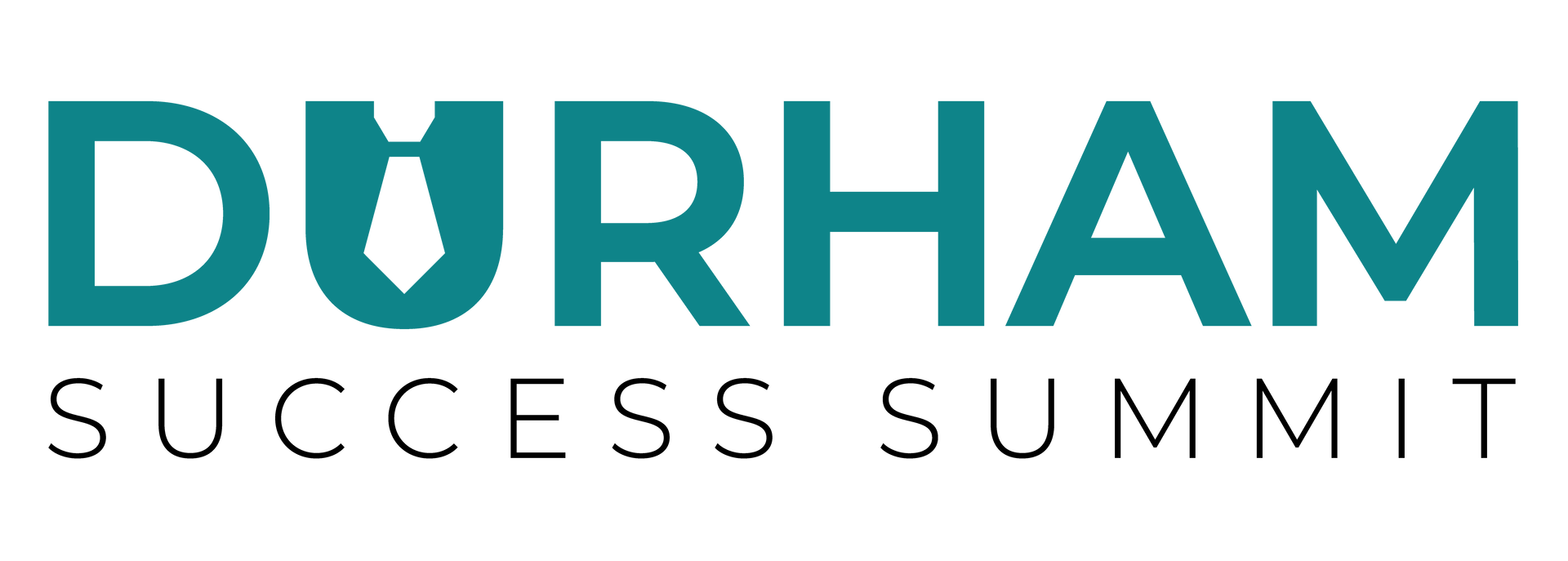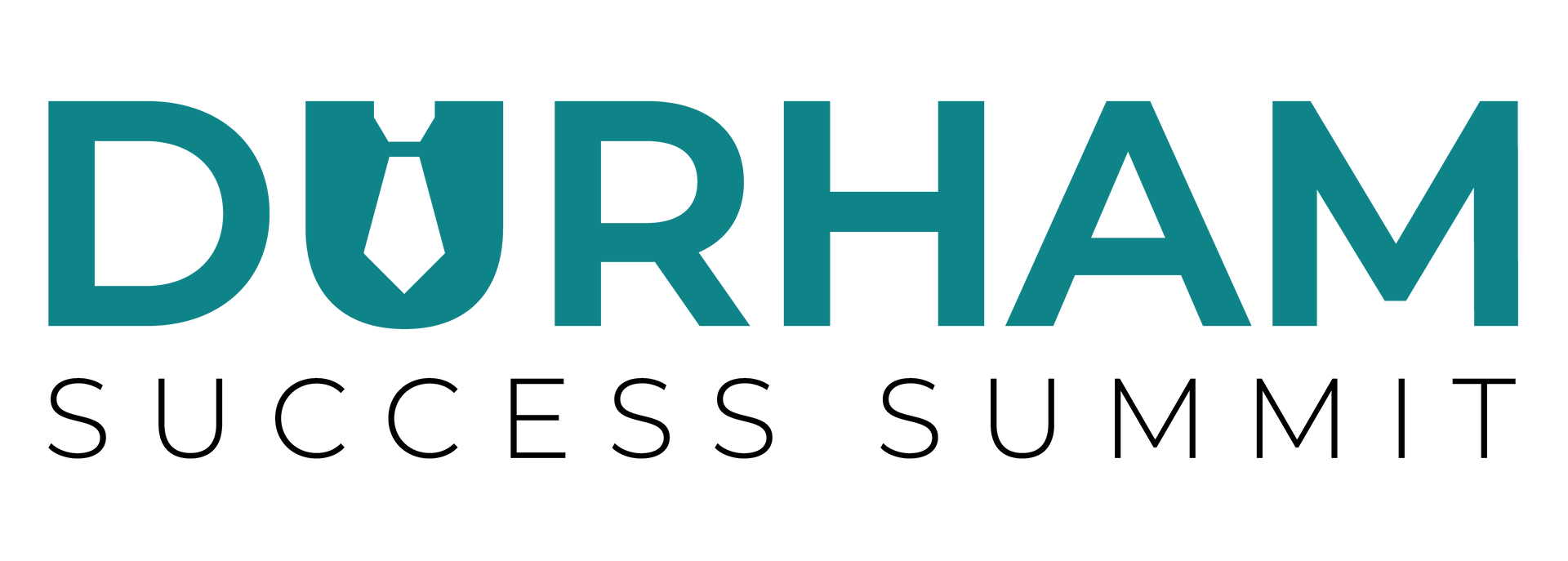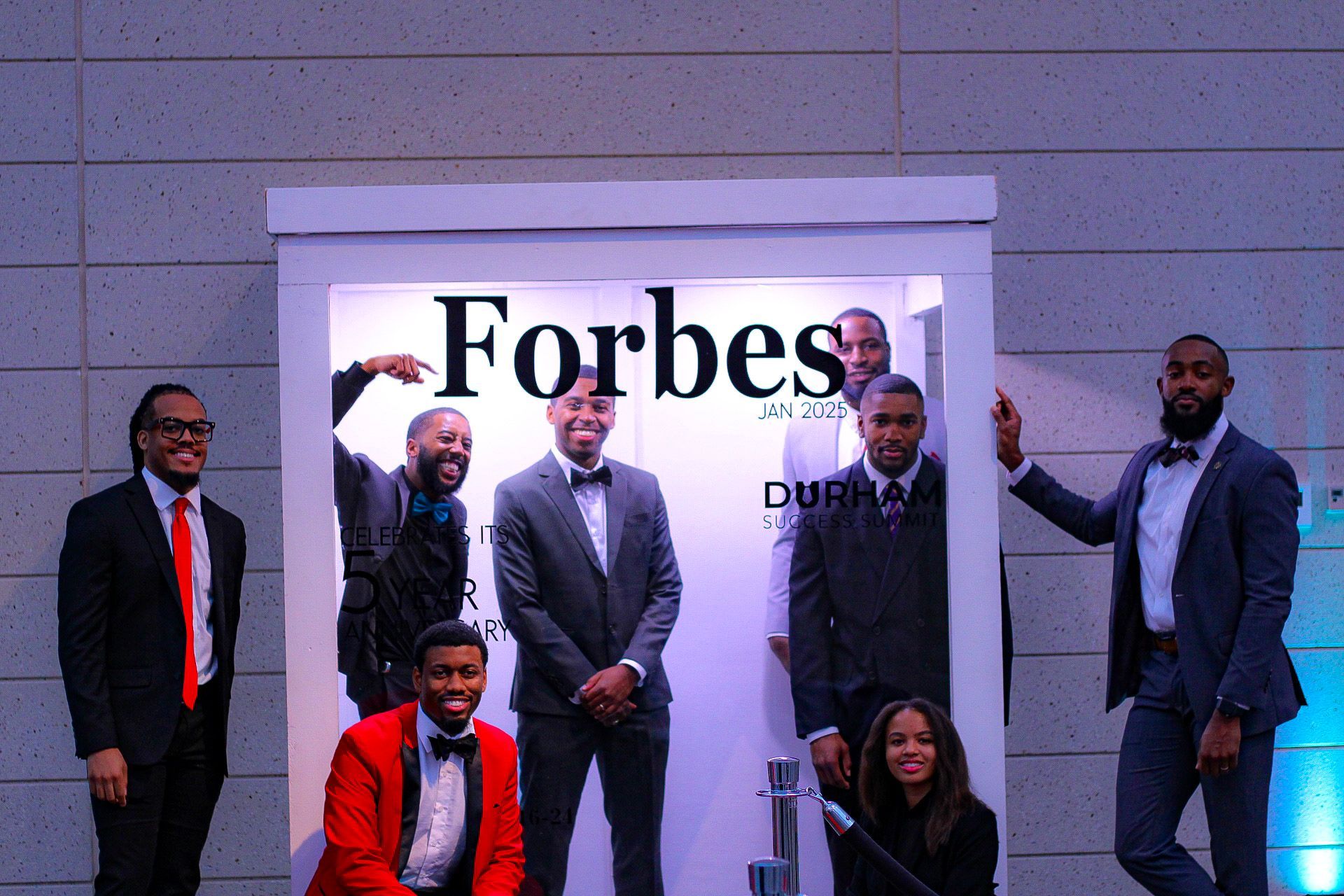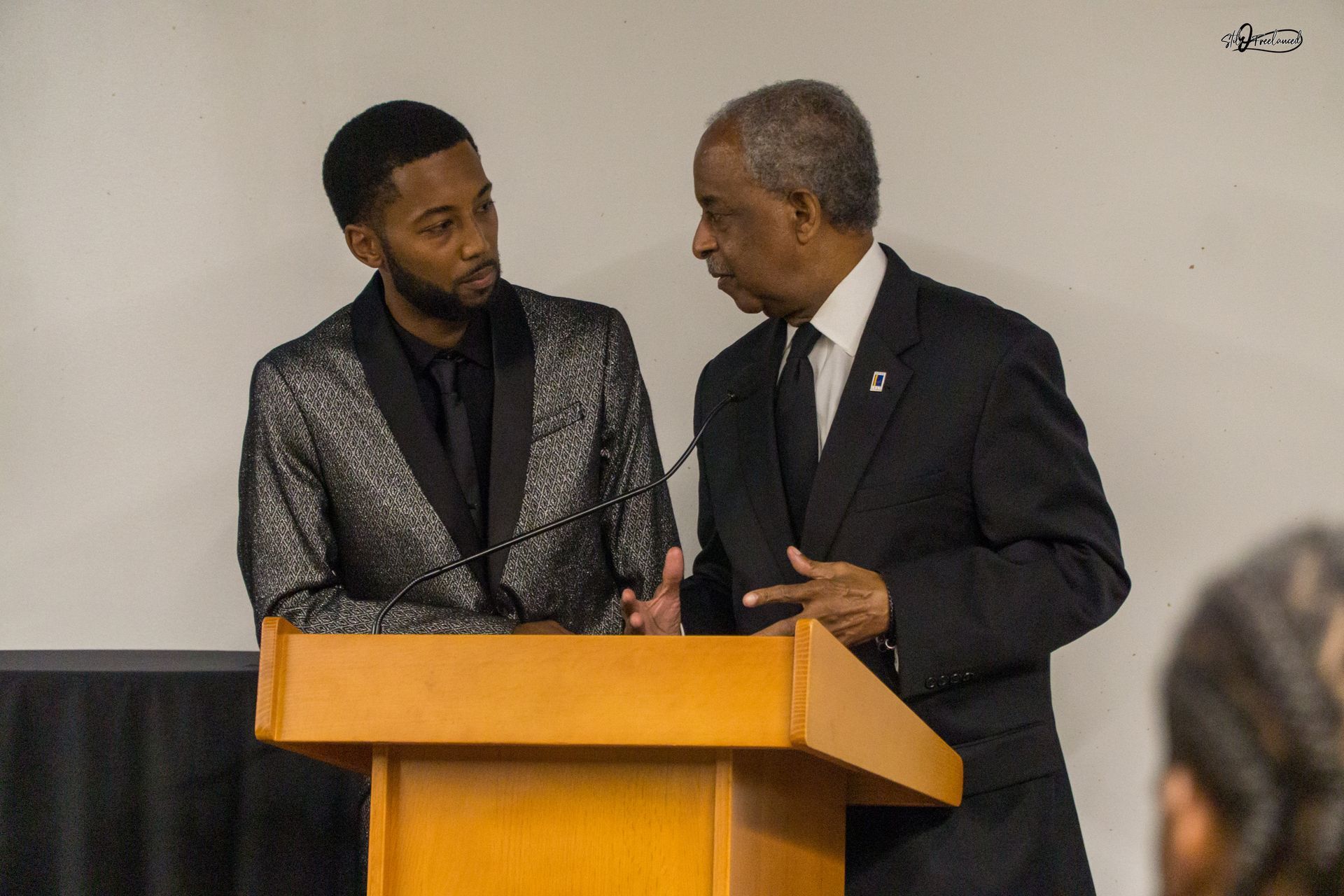Inside-Out Impact:Why Culture Comes First
Designing Organizations Where Young Black Men—and the People Who Serve Them—Can Thrive
by Derek Rhodes, Executive Director
In nonprofit and education spaces, we talk a lot about impact. But here’s the truth:
If your internal culture doesn’t reflect your external mission, your impact isn’t as deep as you think it is.
And if you’re working with young Black men—many of whom are navigating systems that weren’t designed for them—culture isn’t a bonus. It’s the foundation.
At Durham Success Summit (DSS), we’ve learned that the environment we create for our team is just as important as the programming we build for our Scholars. Because culture doesn’t just shape your staff—it shapes the expectations and experiences your young people carry forward.
That’s what I’ve come to call Inside-Out Impact: building systems, spaces, and relationships that reflect your values from the inside out. Where the culture your team lives is the same one your participants learn to expect—and replicate.
A Reflection That Made It Click
A recent LinkedIn post by one of our former Program Fellows and intern, Khilan Walker, captured this idea in a single line:
“DSS felt like culture—it didn’t need to be taught because it was lived.”
That sentence stopped me in my tracks. It reminded me that the culture we model for our young men becomes their new baseline. And that has real consequences.
Because if we place them in environments that contradict what we’ve taught—spaces where they’re unsupported, undervalued, or tokenized—then who cares that they “got the job”? If they’re miserable, that’s not impact. That’s harm dressed up as success.
Your Culture Shapes the Perception of Your Impact
Too often, youth-serving organizations measure success by short-term metrics: how many young people got jobs, completed programs, or built résumés.
But what about the quality of those outcomes? What about alignment? What about whether our alumni actually feel safe, seen, and capable in their new spaces?
If the environments we place them in don’t reflect the culture we modeled, then our credibility suffers—and so does our impact. Our job isn't just to prepare young people for the world, but to prepare the world for them.
How We Build Culture Into Our Operations at DSS
We don’t treat culture as a retreat activity or a social outing. We don’t do happy hours or forced team bonding. Instead, we build culture into the core of how we work:
- Real check-ins
Every meeting starts with a genuine conversation about the person, not the project. This builds trust and normalizes care. - Highs and lows
Every Monday, staff and Scholars share personal highlights and struggles. It opens space for vulnerability and support. - Collaborative design
New ideas are never top-down. Our team builds together—modeling shared ownership and creativity. - Rest and wellness break
Each May, we shut down for two full weeks to reset. Not as a reward, but as part of our rhythm.
These practices aren’t “extras”—they’re structural. They create the environment that our young men mirror in their lives, careers, and relationships.
Culture Is a Compass
Culture also guides who we work with. At DSS, we use it to evaluate potential partners—especially employers. If a corporate partner can’t offer a workplace that reflects the culture we’ve modeled, it’s not a match.
We’ve turned down funding and collaborations because they didn’t align with our values. That’s not a loss. That’s protecting our people.
Because job placement without belonging isn’t success. It’s dissonance.
Five Ways to Build Inside-Out Impact
If you’re leading a youth-serving organization or team, here are five steps to build culture that leads to lasting impact:
1. Design culture into operations
Embed your values into how you onboard, hold meetings, and make decisions. Don’t assume culture will build itself.
2. Model what you want young people to expect
Let your internal environment teach what healthy workplaces should feel like—clear, supportive, consistent, and kind.
3. Redefine impact beyond metrics
Track more than just job titles and participation. Ask how your alumni feel in the places they land.
4. Use culture to guide partnerships
Work with organizations who reflect your values, not just your goals. Trust your gut when something feels off.
5. Build with—not for—your team
Bring your staff and youth into design conversations. The culture they co-create will outlast any single program.
Final Thought
Your organization’s culture leaves the longest-lasting impression. It’s what your alumni carry into their next job. It’s what your staff remember after they move on. It’s what your community partners feel the moment they walk into your space.
So build it with intention. Live it with consistency. And protect it as if your impact depends on it—because it does.
Culture is the curriculum. And when it’s built right, the results ripple far beyond your walls.
